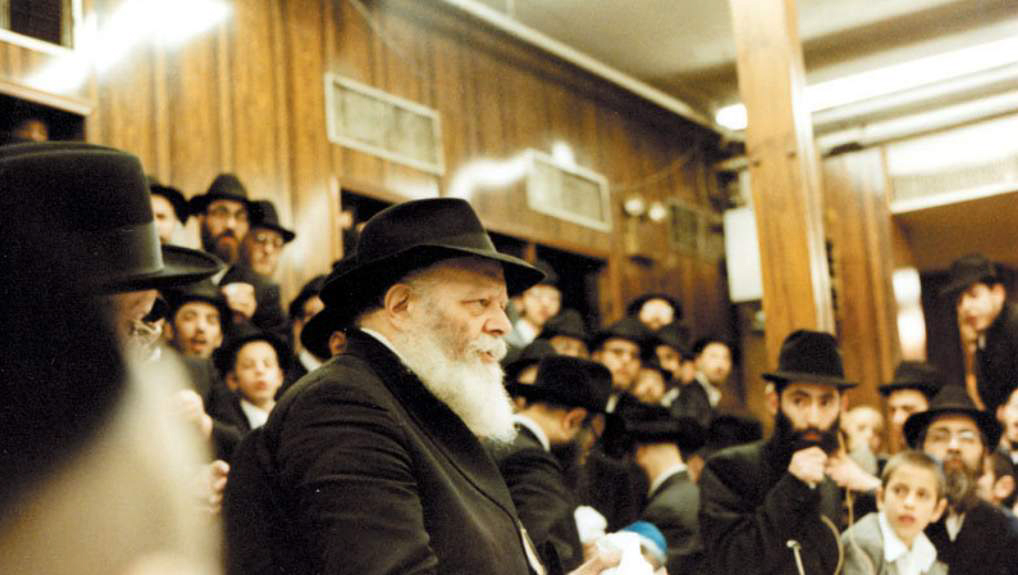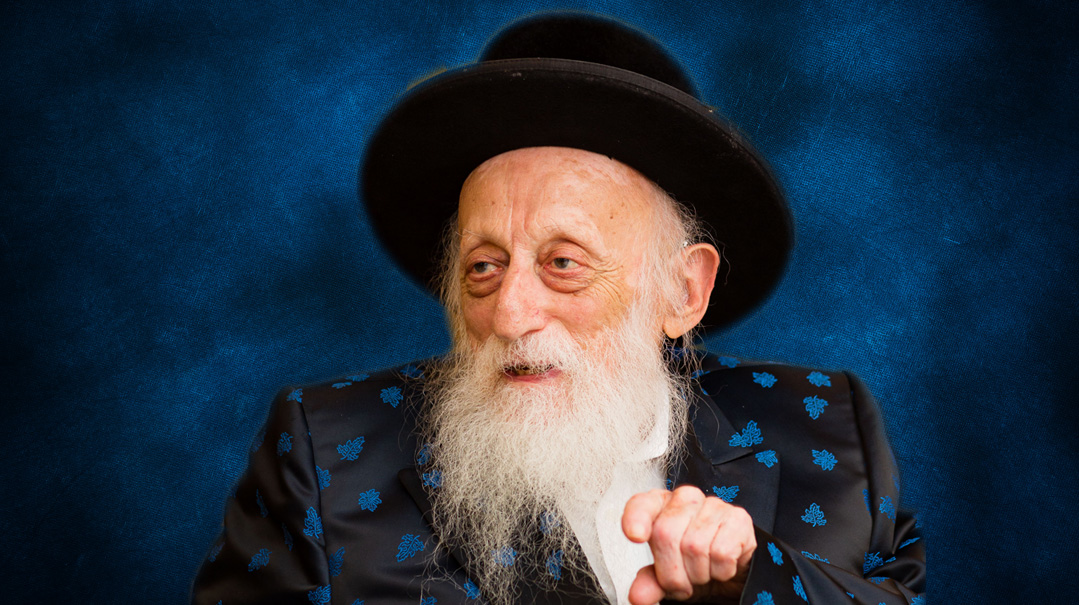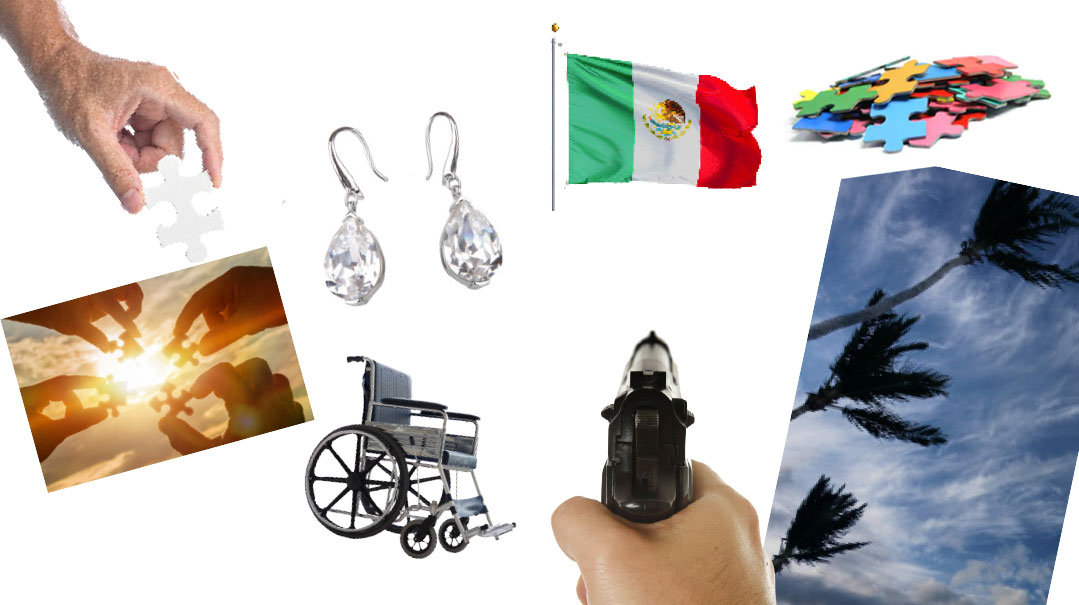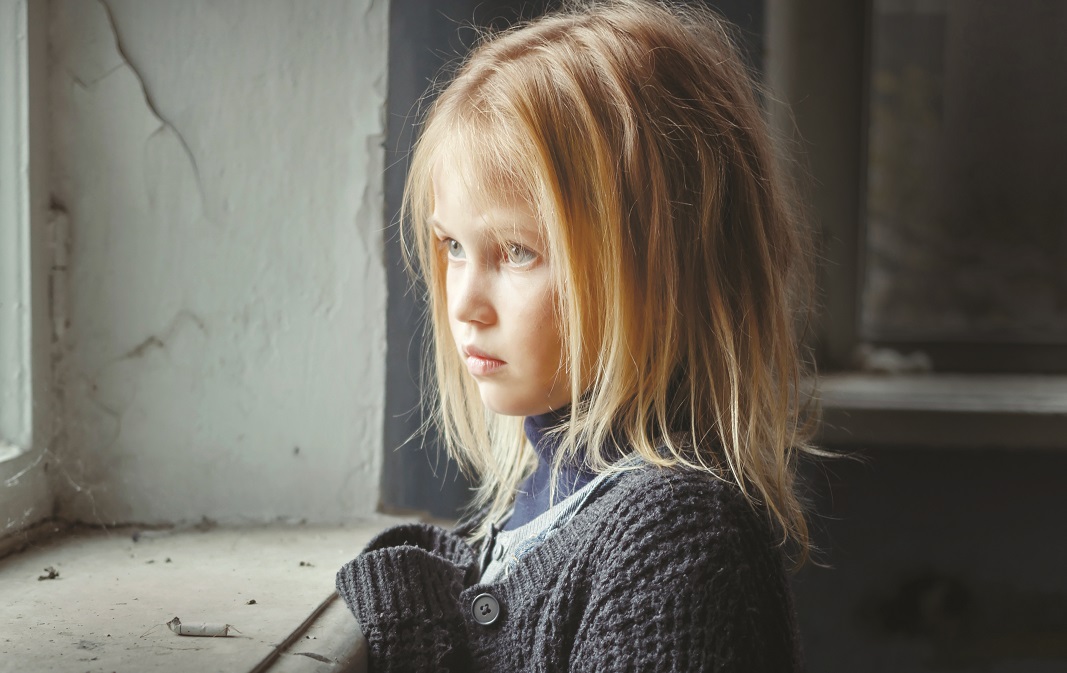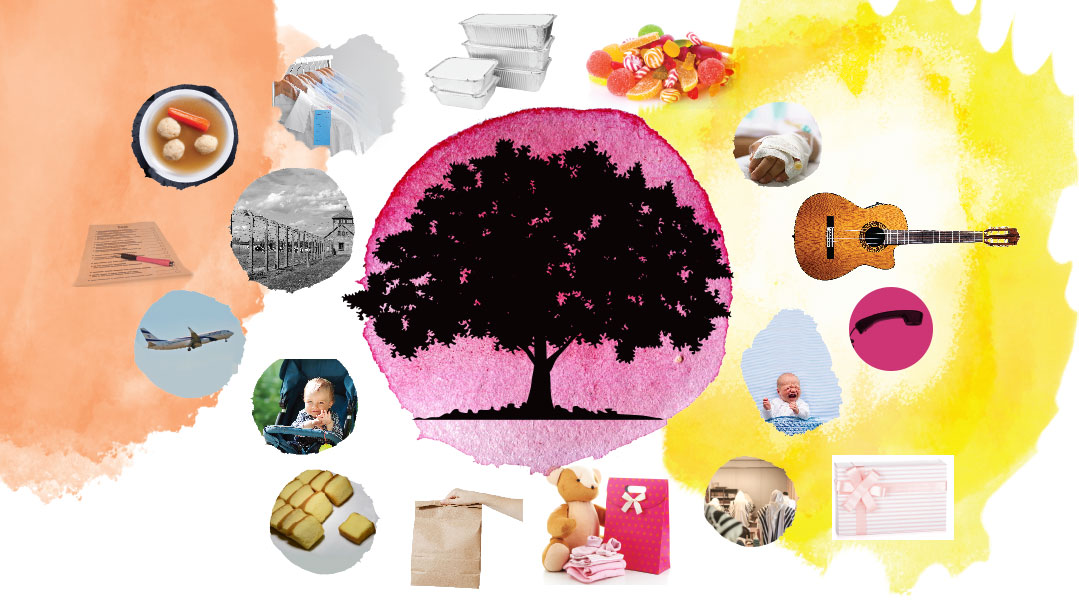Flickers of Light


E veryone has a special menorah — it might be the exquisite silver chassan gift from shanah rishonah or the dried-out block of clay with bottle-cap inserts from elementary school or the family heirloom that miraculously made it to safer shores together with bedraggled refugees. But no matter what kind of menorah Jews have lit over the centuries — openly with pride in years of comfort or in hiding with bravery and mesirus nefesh during times of terror and death — that sliver of light continues to push away the overwhelming darkness.
1. Daddy’s Gift
Chaia Frishman
It’s barely November and the search for glass cups for the menorah is already on my mind. This menorah is anything but standard. Then again, neither was the man behind it.
Before “take your daughter to work day” existed, my father often brought me to his shop on 47th Street in Manhattan. There I was able to assemble small tools, watch metal shards fly as he worked on his machines, and observe him interacting with his customers. My favorite memory is the look on a bedraggled customer’s face when Daddy ripped up his bill, absolving him of his debt, and wished him a freilechen Chanukah. Daddy’s talent and business acumen could never compete with his compassion.
It was mixed into his baby food. Born on February 5, 1931, in Brest-Litovsk, a.k.a. Brisk (hometown of our great prime minister, Menachem Begin, Daddy used to boast), my father lived in a simple home. His father, Avraham Gwirczman, made aliyah in 1933. Daddy’s mother, Chaia Tzivia n?e Morosovich, and siblings followed two years later.
Life was hard. Daddy’s mother had to leave him home alone as a young child, so she could work as a cook for weddings. School was a luxury my father was forced to give up at the age of 13, when he went to apprentice in a small metal shop. At the same time, he studied metal works in a vocational school.
Metal was his calling. To this day, the smell of grease at the auto body shops evokes warm memories for me. Daddy’s hands were perpetually rough and stained, smelling of the tar soap he used each night to clean them.
As he got older, he found employment in a factory that produced scales and became its chief employee. My Uncle Meir told me that they gave my father the most important job: assembling the scales that weigh trucks entering or exiting the Israeli port. Daddy certainly never shared any of these details with me. He bragged only about his siblings: his successful brother Nathan, the businessman; his talented sister, Tova, the seamstress who could create a dress in under an hour; or the prominent position his baby brother Meir held as the head purser for El Al. And it was with pure reverence he described his mother’s mesirus nefesh to raise the family when her husband fell off a ladder during a construction job accident.
My father’s talent led him to work in the Israeli Air Force as a mechanic — he repaired planes midflight. And he loved projects, putting 100 percent into every one, whether it was the rack motorcycle he rebuilt to look and function like new, or the life-sized Crest toothpaste costume that he fashioned out of oak tag for me one Purim. (I won first prize.)
Eventually word of his talent made its way to America. Uncle Nathan, who had already moved, asked him to come and make some tools for polishing diamonds. I don’t remember why Daddy changed his last name from Gwirczman to Goren. Nor did I hear the story of who convinced him to tell his new American friends to call him Eddie, not Efraim. But while he adjusted to his new fast-paced life, he always retained his slow and methodical personality.
My father worked for his brother in the tool and die industry, fashioning tools to cut and polish diamonds. His tools were exclusive, with limited production numbers. In 1976, he opened G & W Tools with Mr. Yoseph Waldman of Crown Heights. Their partnership was a mutually respectful one, and while Daddy never struck it rich in his chosen field, he was scrupulously honest.
Being idle wasn’t in Daddy’s genes. He used his lunch breaks, or any spare time he had, to do for others. He would fashion leichter pieces and menorahs for family members. He loved to sculpt dreidels from metal. Any jewelry my mother had was made by Daddy, and I’ll never forget the necklace he made for me fusing the names Jennifer (in English) and Iris (in Hebrew).
But it’s his final gift to my family that represents Daddy to the fullest.
During my first Chanukah as a married woman, Daddy came to my house with a beautiful vinyl box lined with velvet. Daddy was so proud of my husband, also a man with dexterous talents. He loved him to pieces and couldn’t wait to give him the box. Inside was a magnificent menorah fashioned from the same pieces he used to work with in his tool and die business.
It wasn’t very large. In fact, I was a little embarrassed that it didn’t match the tall menorahs my friends’ husbands lit. But it was as unpretentious as the gifter. And it was truly a labor of love.
Daddy explained how he molded each piece from different molds he used for his tools, and how the entire menorah could be disassembled and reassembled easily. I remember how excited he was as he told us that after the menorah was completed, he dipped each piece in silver. The cups for the wicks were dipped in 14-karat gold. To finish it off, he added the same EG logo that graced all his tools (even the ones we discovered in a Smithsonian Magazine article showing the world’s largest diamonds, with Daddy’s tools in the background).
The menorah meant even more to our family when my father passed away two short years later. I wasn’t shocked by his death, as he’d been diagnosed with stage four lymphoma seven years earlier. He was told he had only a year to live, and yet he survived. For Daddy, each moment was truly a gift, which is probably why his menorah taught me to grab every opportunity to show someone you love them. People pitied me, a 23-year-old orphan, but I felt so lucky to have had him for as long as I did. The import of his final gift was never lost on me.
Many years later, I felt the time had come to buy my husband a beautiful — and standard-looking — Chanukah menorah. After all, we needed to give Daddy’s to a bar mitzvah boy with gifted hands and a heart of gold. Our bechor, Efraim Shalom, is like his namesake. He undertakes every project methodically, with attention and skill — including perpetuating the legacy of the saba he never met.
2. Candles from Heaven
C.S. Teitelbaum
He knew it could very well be his final journey.
As the train clacked its way from Hungary to Bergen-Belsen, my grandfather — then a young boy, later to become the Liezher Rav, Rav Yehoshua Zev Meisels shlita — huddled close to his parents and seven siblings. They were all part of a “Sondertransport,” a special negotiated transport.
Too often, the Nazis yemach shemam used this code word deceivingly, and the passengers were sent to their deaths. But in early December 1944, that trainload of 4,200 Hungarian Jews did in fact receive special treatment. The Jews were sent as exchange prisoners to the Hungarian Lager located within the notorious Bergen-Belsen complex, where they were held as potential pawns for future negotiations with the Allied Forces.
As the Jews gathered at the train station, the Germans announced that anyone unable to work should go to a different transport, one that was supposedly headed for a non-labor camp. My great-grandmother intuited that “labor-free” meant death, and she insisted that she and her eight youngsters were capable and strong enough to work. My grandfather and his siblings were the only children on his transport.
Oops! We could not locate your form.







